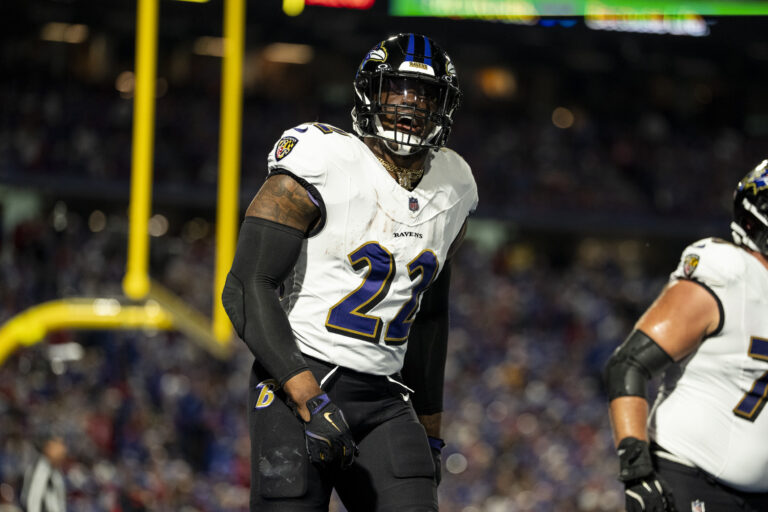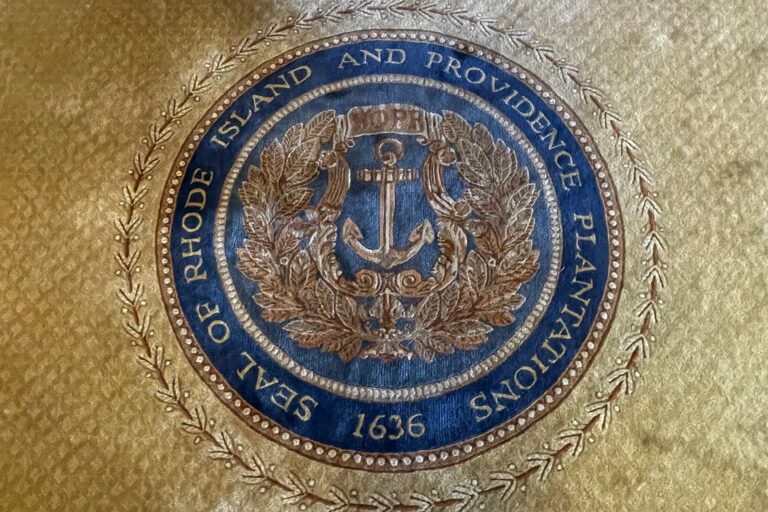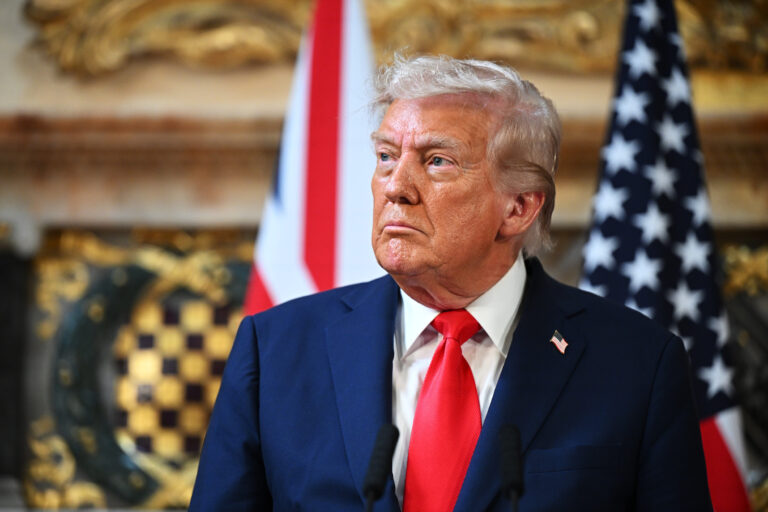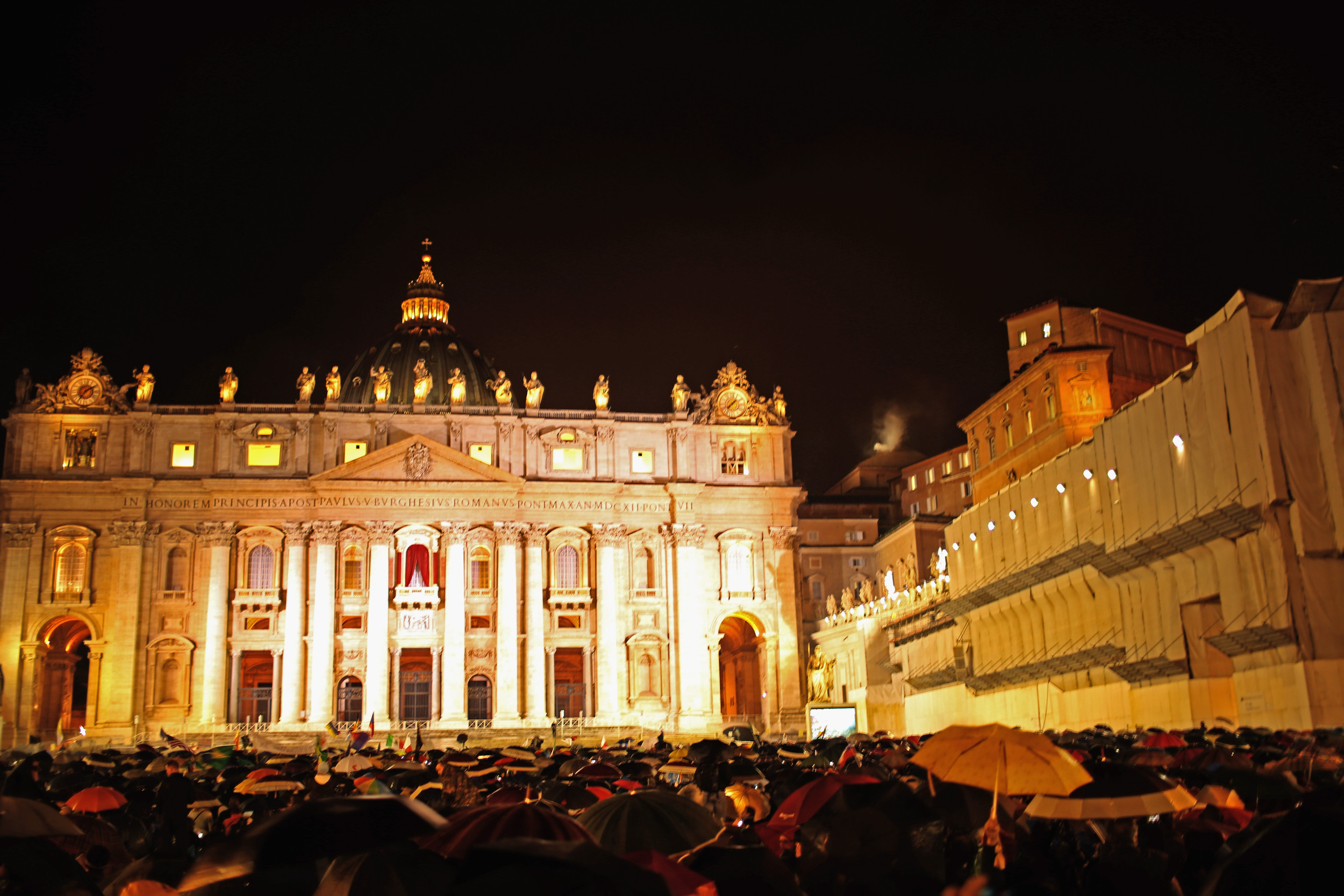
With the funeral of Pope Francis concluded, preparations are under way for the beginning of the Papal Conclave, which will see the eligible members of the College of Cardinals enter isolation and vote on who becomes the new pope.
The process was depicted in the Oscar-winning film Conclave, which followed the machinations and byzantine manipulations that can occur during the election. While the real process that will play out in the coming weeks should prove as dramatic, it is still a time of incredible tension as the cardinals vie for ultimate seat of power in the Catholic Church.
What Is the Papal Conclave?
The conclave is simply the process by which the College of Cardinals selects the new pope.
The process developed over centuries, first emerging in the 11th century. Until that time, the pope was selected by local clergy and people. The first conclave to have some of the more modern procedures arose in the 13th century, but it was in the 17th century that the church settled on some of the final touches.
When and Where Will the Conclave Be Held?
The conclave begins 15 to 20 days after the pope dies or resigns, which would mean between May 6 and 11, and continues until a new pope has been elected. A conclave can begin sooner if all cardinal electors are present.
Once all electors are present, they take a vow of secrecy and proceed into the Sistine Chapel where they will remain in seclusion until they have finished selecting the pope.

Christopher Furlong/Getty Images
How Long Will Conclave Last? How Does the Process Work?
Per the Archdiocese of Boston, the process of electing a pope is as follows:
Each vote starts with the distribution of paper ballots by two masters of ceremony who will be selected from the non-voting cardinals. The rest of the team tasked with overseeing the conclave is then assembled with nine of the voting cardinals selected at random to fill the roles of three voting judges, three collectors (for votes cast by cardinals unable to leave their quarters), and three cardinals to double check the work of the voting judges.
Cardinals await as the ballots are distributed, and once all non-voting members have left, the electors write down the phrase “Eligo in Summum Pontificem” (I elect as the most high pontiff) and then the name of their candidate. Once they have written their vote, the cardinal folds the ballot twice, approaches the altar of the chapel and declares: “I call as my witness Christ the Lord who will be my judge that my vote is given to the one who before God I think should be elected.”
The cardinal then deposits his vote on a plate that slides into the voting box, which is usually a large chalice.
After all ballots have been cast, the first judge shakes the voting box to mix the ballots and then transfers them to a new vessel, from which the ballots are selected and read aloud. Each judge examines and verifies the vote, then the last one pierces the ballot with a needle and runs it along a thread.
If no cardinal has surpassed the voting threshold, a second vote will follow, with two votes per day. All ballots cast that day are burned after the final round of voting on that day. Black smoke will indicate that no cardinal has succeeded.
Should any cardinal have received a two-thirds majority of the votes, he will be declared pope and all ballots are immediately burned. White smoke shall be released through the chapel’s chimney to let those gathered outside know that the process is complete.
The first round consists of three days of voting followed by a day of rest. Thereafter, there will be seven rounds of voting and a pause, on repeat. Should no cardinal succeed after 12 or 13 days, the cardinals will change the rules to a simple majority vote and introduce additional rules to hasten the process.
A new pope will choose his name, receive devotion from the cardinals and address the people and city of Rome.
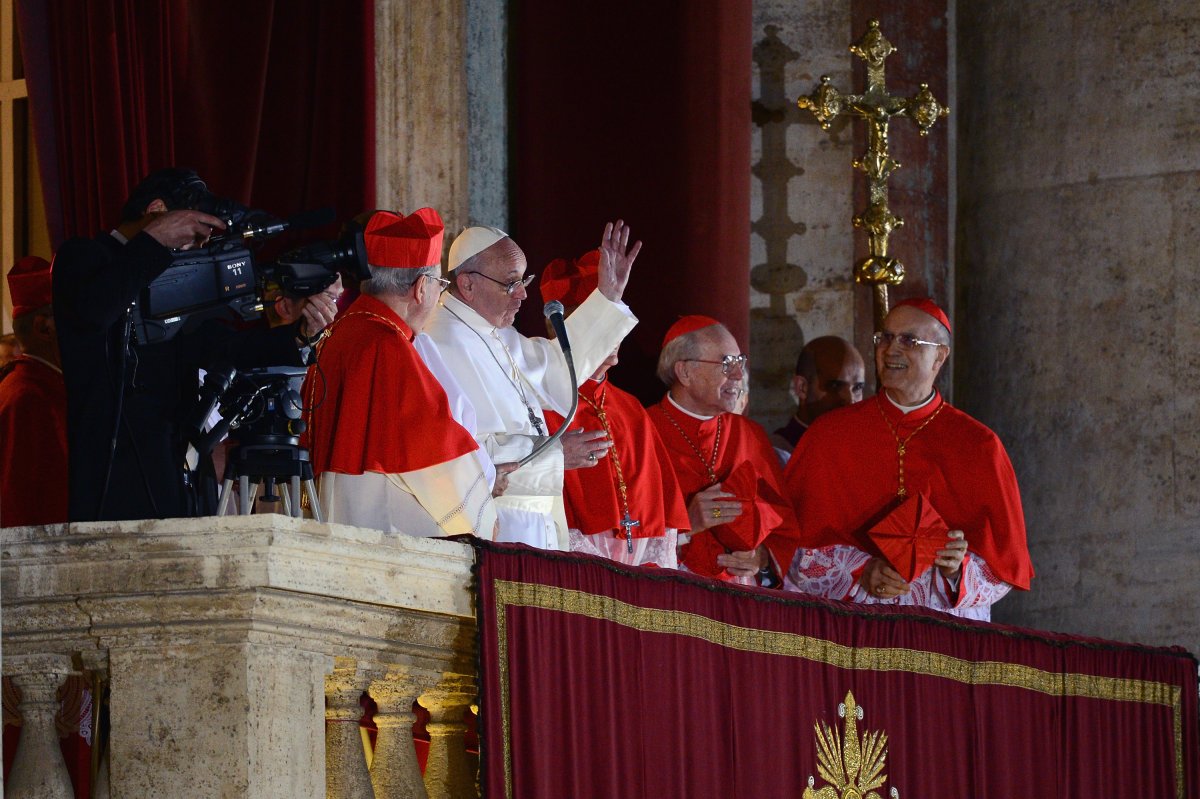
Jeff J Mitchell/Getty Images
Who Are the Frontrunners to Become the Next Pope?
Of the 252 cardinals at the Vatican, only 135 are eligible to vote for the new pope based on age. The voters must be younger than 80 years old, and they will take a vow of secrecy before processing to the Sistine Chapel to conduct the voting.
Of the 135 eligible cardinals, 108 were appointed to their post by Francis, making it likely his influence will be considerable over his successor even after his passing.
Europe comprises the bulk of total cardinals with 114 in the college, followed by 37 from Asia, 32 from South America, 29 from Africa, 28 from North America, eight from Central America and four from Oceania.
Among those eligible, a few frontrunners have already emerged:
Cardinal Luis Antonio Tagle, 67, is considered a strong contender to continue Francis’ progressive agenda. Tagle, an advocate for inclusion and evangelization, has significant experience leading the Congregation for the Evangelization of Peoples and was a trusted figure in Francis’s inner circle.
Tagle’s Asian heritage also makes him a compelling choice, as Catholicism is growing rapidly on the continent, particularly in the Philippines.
Cardinal Peter Turkson, 76, is a well-known figure in the Church’s social justice circles. As former head of the Dicastery for Promoting Integral Human Development, Turkson has been vocal on issues such as climate change, poverty and economic justice.
Turkson’s election would mark a historic moment as the first African pope in centuries. The most recent African pontiff was Pope Gelasius, who served from 492 to 496 AD. Born in Rome to African parents, Gelasius was known for his extensive theological writings and strong advocacy for charity and justice for the poor.
Cardinal Peter Erdő, 72, is a respected canon law scholar and has been a strong advocate for traditional Catholic teachings and doctrine. He previously served as head of the Council of European Bishops’ Conferences and has emphasized theological orthodoxy.
For those seeking a return to the conservatism of John Paul II and Benedict XVI, Erdő would represent a major shift away from Francis’ approach.
Cardinal Angelo Scola, 82, is a long-standing papal contender. He was among the favorites in the 2013 conclave that ultimately elected Francis. Scola, a former Archbishop of Milan, has deep theological roots and appeals to those who support a more centralized and hierarchical Church.
His traditionalist stance makes him a strong candidate for those looking to pivot away from Francis’s reforms, but his age may work against him.

